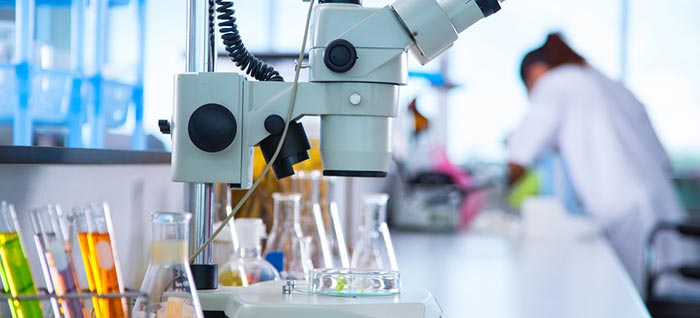Care for laboratory equipment is one of the daily tasks that must be performed to keep the equipment in excellent condition and to guarantee that tests run smoothly and efficiently. For the first step in caring for laboratory equipment, please refer to the next section.
If your laboratory equipment is clean and ready for use, the risk of cross-contamination is likely to increase the significance of your work, making it almost as significant as the study itself. In addition, good lab maintenance has other advantages. This is one of the most expensive pieces of equipment in the lab, so being careful with what you have (thus saving additional repurchases) is an extra plus.
If you’ve been devoting less time and consideration to lab maintenance than you should review the methods for maintaining lab equipment provided below.
1. Normal Maintenance
Lab cleaning is one of the simplest, most economical, and most obvious methods to keep your lab in excellent condition and functional, but it’s something we all miss, so here are some recommendations on how to do it.
– Conduct daily external equipment cleaning
– Clean all equipment thoroughly once every week. – Clean the microscope regularly with a mixture of ether and alcohol.
Following these basic cleaning processes will keep your laboratory’s equipment in pristine condition, ensuring smooth operation. It is advisable to wipe exposed surfaces every day and to arrange a thorough cleaning once per week.
2. Calibration
Inaccurate data can result from a failure to frequently calibrate equipment, an omission that could ultimately halt the investigation. In laboratories where dangerous chemicals are utilized, accurate calibration can also increase safety. Consequentially, it is crucial that the procedure be executed consistently. A range of services are provided to ensure that your equipment is calibrated on a regular basis and performing to the appropriate quality.
3. Repair
Over time, lab equipment will deteriorate and become inoperable. However, before discarding the damaged equipment, check to see whether it can be fixed or if its components can be replaced.
You may be startled to learn that equipment can be upgraded and maintained rather than just discarded.
Especially for bigger products, repairing and replacing parts can be a cost-effective method of extending the life and lowering expenses. Due to the nature of the item, some components will wear out faster than others; but, if correctly handled, they can be replaced in a timely manner to minimize difficulties or overheating. Consider centrifuges, filtration systems, and microscope lenses: they can all be replaced without having to dispose of the entire unit.
In addition, you must ensure that chemical products are appropriately maintained in a cabinet designed to keep the chemicals sealed so that they do not pollute the air or become swallowed by researchers. Let’s store your chemical at lab supplier Malaysia.
